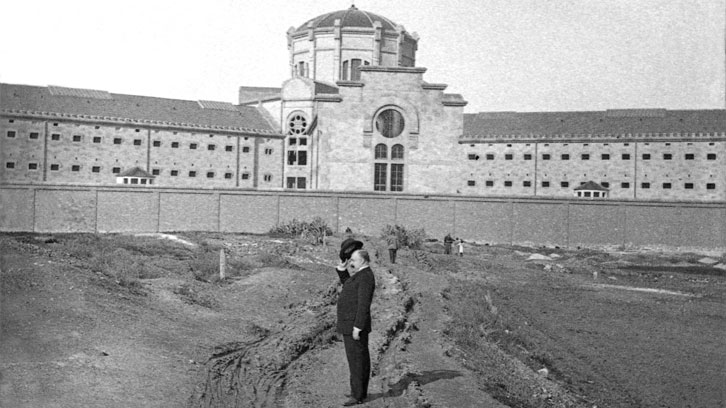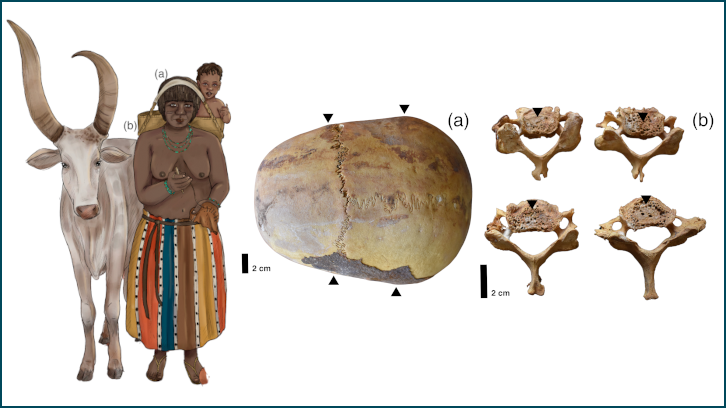Standardisation in the Model Prison of Barcelona before 1936

Thisstudy examines the standardization process understood as a series of activities that sought to probe the interior of the prisoner in order to correct the thinking and behavior of the inmate. This research has been confined to the Model Prison in Barcelona before 1936.
One purpose of the research was to observe this series of activities and enable the observers to correct or influence the standardizing process. In identifying the observers, the study has highlighted the role of the prison boards, the prison doctor Joan Soler i Roig, and the Catalan psychologist Joaquim Fuster (1901-1985). All three explore the morality of the delinquent, albeit from different points of view.
|
|
| Figure: The interior of the Model Prison. |
Logs detailing the operations carried out by agents on prisoners was also used to prove the existence of a psychological technology that made it possible to explore the thinking of the offender. By examining this psychological technology we were able to analyze the psychological tests carried out by Fuster that measured the delinquent morality and the interviews by prisoner trustees who sought to modify or guide the behavior of prisoners.
Moreover, the presence of anarchists, communists and transsexuals in the “Model” prison promoted a series of documentary records that we included in the field of sexual and political standardization. The ideological vision that these prisoners had and the resistance exerted by the practice of nudism, criticism against prison management in newspapers or by encouraging hunger strikes and riots inside, made it possible to assess the response to and the success of this standardization.
Centre d'Història de la Ciència (CEHIC)


